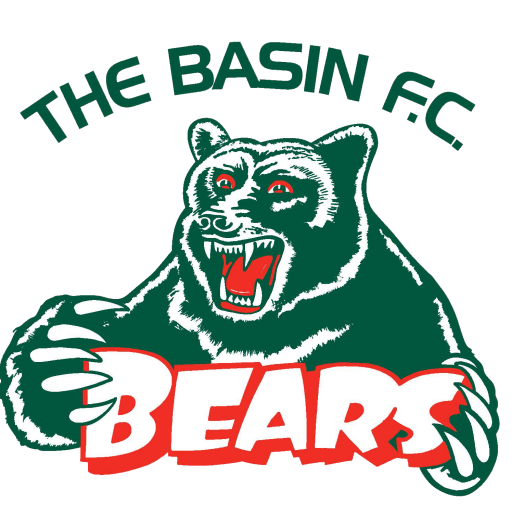Stages
1. Fundamental Stage (5-11 years): AFL Junior
Objective: participation and learning fundamental movement and game skills.
The program is well-structured and fun. The emphasis is on the overall development of the participant’s fundamental motor skills and physical capacities using game-related, skill-development activities.
This is a critical period for motor skill development. Correct running and jumping, and basic game skills should be taught, and participation in a range of sports encouraged for all-round development. Simple rules and ethics are also introduced.
2. Sampling Stage (12-14 years): AFL Junior/Youth
Objective: learning all the fundamental skills of the game and developing basic physical capacities, while continuing to develop all-round sports skills.
Players learn how to train and consolidate the basic skills of the game. They are introduced to technical and tactical skills, including positional skills and basic performance-enhancing techniques, e.g. warm-up, cool-down, nutrition, hydration, recovery, goal-setting, etc.
This is a critical period for physical and skill development. The focus of training is on learning rather than competing, and a balance between training and playing is struck.
Participants should continue to play a range of sports for their all-round development. This stage also includes initial identifi cation for regional development squads.
3. Identification Stage (15-16 years): AFL Youth
Objective: developing higher-level skills of the game and physical capacities.
Optimise the development of fitness, individual, positional and team skills.
Develop higher-level competition skills and provide appropriate competition to enhance learning and the opportunity to be identified for talent pathway programs.
At this age initial selection into state talent development programs including the AIS-AFL Academy are introduced.
4. Specialising Stage (17-18 years)
Objective: developing higher-level skills of the game and physical capacities.
Optimise the development of fitness capacities and individual, positional, team and competition skills.
For talented players, selection into state and national talent development programs, including the AIS-AFL Academy, continues. This includes the provision of an optimum competition program for player development that also provides opportunities to be drafted to the AFL. e.g. TAC Cup or state league competition.
5. Investment Stage (19-22 years)
Objective: complete development of all higher-level skills and capacities required for optimum performance.
This is the final stage of development, where the focus of the training in on completing a player’s development and optimising performance.
For talented players, the refi nement of physical, technical, tactical, mental and ancillary capacities is completed in the professional club environment.
6. Maintenance Stage (23-30+ years)
Objective: maintaining and maximising performance.
The players’ physical, technical, tactical, mental and ancillary capacities are fully developed. The program is focused on competition and the training is aimed at optimising performance.
Training is characterised by high intensity, relatively high volume and regular preventative breaks.
7. Retirement and transition stage (individual)
Objective: a successful transition from being a professional athlete to another productive role in life, including opportunities to remain in the sport.
This is the end of the high-performance competition stage, when players retire and move to other levels of competition or other roles, or out of football altogether.
Continued physical activity is encouraged.

